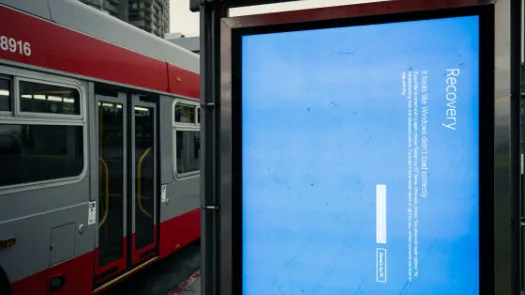UK DNA database to grow dramatically under the Criminal Justice Act 2003

The Criminal Justice Act 2003 further widens the circumstances in which a non-intimate sample may be taken from an individual. The Act merely requires that in order to take a non-intimate sample without consent, a person is arrested for a recordable offence - a significant advancement on the requirement that the individual was charged with a recordable offence and one that will encompass countless more individuals.
Section 10 of the CJA 2003 alters the taking of non-intimate samples, but in a rather confusing way. It seems to create two circumstances, that are not mutually dependent on each other, in which non-intimate samples may be taken without consent, one where an inspector approves it and the other where this oversight is not mandatory. Section 63 from the original 1984 PACE Act still remains, which provides that a non-intimate sample may be taken without consent if the individual is being held in custody by the police and an officer of at least the rank of inspector authorises it. The officer may only authorise the taking of the sample where he suspects the involvement of the individual in a recordable offence and he believes the sample will prove or disprove their involvement.
However, a new section inserted by CJA 2003 states a non-intimate sample may be taken from an individual without the appropriate consent if “two conditions” are satisfied. The conditions are listed as firstly, the individual is in “police detention in consequence of his arrest for a recordable offence” and secondly, a sample of the same type and from the same part of the body has not already been taken, or if it has been taken, it proved insufficient. The exhaustive and complete nature of the two conditions would suggest that in the latter case the oversight of the inspector is not required to take the sample without consent, even though the individual has only been arrested and not charged.
The Act also amends the circumstances where a sample may be taken from a person under the age of 18. The Police and Criminal Evidence Act 1984 required the consent of an appropriate adult, however this requirement is removed in certain circumstances as defined by section 5 of the Criminal Justice Act 2003. The Act allows for Class A drug testing of youths between the age of 14 and 18 where they have been charged with involvement in a drugs offence directly or with involvement in a ‘trigger offence’ constituting ‘forms of acquisitive dishonesty offences associated with funding a drug habit’ such as theft, burglary going equipped for stealing and offences under the Misuse of Drugs Act 1971. Where the youth is under 17, the request of a sample, the warning of adverse inferences in the instance of a refusal and the taking of a sample must be in the presence of an appropriate adult.
By virtue of the Criminal Justice and Police Act 2001, which allowed for the retention and use for the prevention and detection of crime of all samples obtained from individuals who are not suspected of committing an offence, samples obtained in the new circumstances of arrest or charge as outlined by the CJA 2003 will be subject to this treatment too.
The expansion of the DNA database to incorporate individuals merely arrested for recordable offences has led to allegations that the UK Government is building a National DNA Database by stealth and thus avoiding all open debate on such a controversial policy. Figures revealed by the Home Office in 2005 show that over three and a half million individuals have DNA samples contained on the DNA database.
Number of profiles relating to:
individuals at the end of financial year
crime scenes held at end of financial year
2000 - 01
1,186,000
103,000
2001 - 02
1,695,000
142,000
2002 - 03
2,102,000
193,000
2003 - 04
2,516,000
228,000
2004 - 05
3,086,000
240,000
2005 - 06
3,596,000
264,000
Of these figures, concerns have been raised that at least 139,463 profiles on the database belong to individuals who have not even been charged or cautioned, including 15,116 volunteer samples. 685,748 DNA samples on the database belong to children between the age of 10 and 17 – 24,000 of whom are innocent of any criminal offence.



